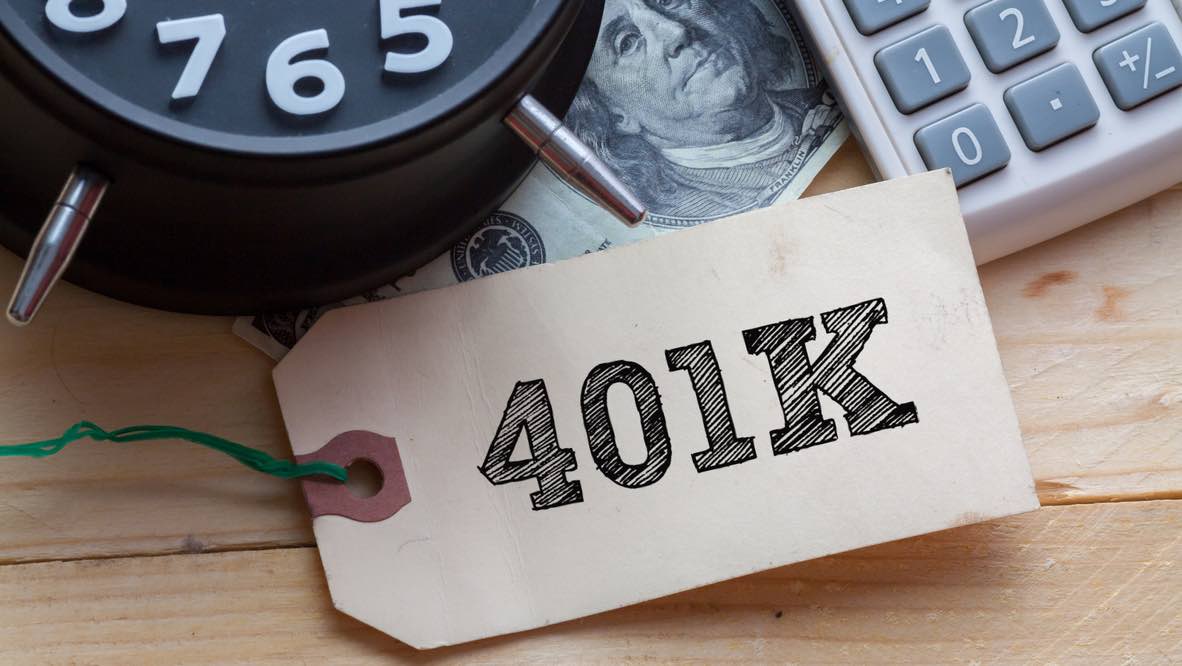401 (k) Retirement Plan

The 401 (k) Retirement plan is a deferred tax account plan created by the United States in 1981, is a plan of 401 (k) that the U.S. government incorporated under section 401 (k) of the national tax code. There are many types of pension plans in the United States, such as public servants and university employees who provide pensions under their laws, while 401 (k) is used only by employees of private companies.
The plan is optional and voluntary. Employers can choose to deploy this pension plan or not. If you want to deploy this plan, you must be open to all employees. Employees are free to participate or not, and they can also choose a personal retirement plan provided by a non-employer. The 401 (k) pension plan enables employees to distribute part of their salary to their personal pension accounts until they leave office. The amount of the allocation can be determined at your own discretion. Withdrawing the amount from the account before retirement often results in fines. However, withdrawing after retirement can give tax benefits, and employers can also use funds to encourage workers to invest.
Following the introduction of the 401 (k) scheme by the employer, the employee receives a certain amount of the salary per month in his pension account. When a worker leaves, they can transfer the amount to a financial institution's personal retirement account (IRA) or a 401 (k) account of a new employer company.
Employees can choose from one of two tax regimes:
Traditional 401 (k): The amount transferred to a pension account is deducted from taxable income for the current year at the time of transfer, but is included in the taxable income of the year at the time of withdrawal.
Roth 401 (k): The amount transferred to a pension account is settled on the taxable income for the current year at the time of transfer, but is no longer counted as taxable income at the time of retirement.
An employee can borrow from the account for the purpose like buying a house that does not exceed 50% of the account amount. If you use this method to take out loans, the interest on the loan is paid into a 401 (k) account. (i.e. the interest on the loan paid by the employee is paid into the account, the investment is available and can be increased upon retirement). In addition, the amount the employee invests in the pension system is rewarded by the employer if the employer supports the support.
The account also imposes the following restrictions on attendees:
The amount invested in a 401 (k) retirement account per year should not exceed 60% of the current salary or the 401 (k) limit approved by the IRS for the current year.
In addition to the special circumstances approved by the IRS (severe illness, living in poverty, etc.), the account is now subject to a 10 percent penalty based on the age of 60.
The account is required to provide a certain amount per year (approved by the IRS up to a minimum amount) each year after the age of 70 and 6 months. Otherwise, the IRS imposes a 50% penalty on the signed portion.







